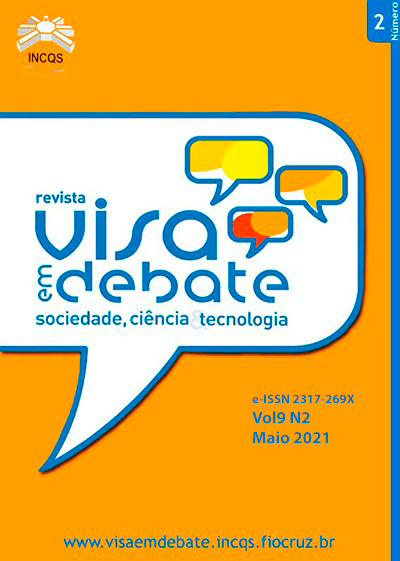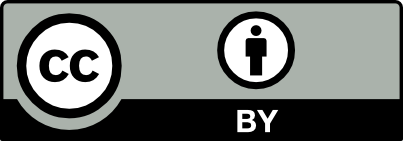Thalidomide surveillance and pharmacovigilance in Brazil – an overview
DOI:
https://doi.org/10.22239/2317-269x.01557Keywords:
Brazilian Health Surveillance Agency, Fetal Diseases, Pharmacovigilance, Product Surveillance, Postmarketing, ThalidomideAbstract
Introduction:The thalidomide is probably the best-known teratogenic drug and still results in cases of severe physical deformities in children born in Brazil. Objective: To present the overall context of surveillance and pharmacovigilance of thalidomide in Brazil. Method: This article presents a narrative review of current literature concerning thalidomide regulation, policies, and pharmacovigilance in Brazil. Results: New cases of congenital abnormalities whose phenotype is compatible with thalidomide embryopathy were identified in the last ten years, while the approval of thalidomide for new indications was recently updated. The
mechanisms of diagnosing thalidomide embryopathy are complex, remaining the challenge in distinguishing this condition from other congenital abnormalities. The increasing number of thalidomide users in Brazil is correlated with the occurrence of embryopathy and the real extension of the rationality of its use is largely unknown. Additionally, our pharmacovigilance and surveillance systems are predominantly based on voluntary reports, issues that remains over the years. Conclusions: The policies have improved over the years to prevent the fetus from being exposed to thalidomide, and current regulation establishes rules for controlling its distribution, prescription, dispensation, and use. Brazilian surveillance system is manual and pharmacovigilance is supported by voluntary reports. The failure of the system to properly control the thalidomide use and its effects might lead to serious consequences to the
community; therefore, this subject deserves constant attention.
Downloads
Downloads
Published
Issue
Section
License
Copyright (c) 2020 Health Surveillance under Debate: Society, Science & Technology (Vigilância Sanitária em Debate: Sociedade, Ciência & Tecnología) – “Visa em Debate”

This work is licensed under a Creative Commons Attribution-NonCommercial 4.0 International License.
COPYRIGHT ALLOWANCE The author (s) hereinafter designated as the ASSIGNOR hereby assign and transfer, free of charge, the ownership of the copyrights related to this ARTICLE to the Vigilância Sanitária em Debate: Sociedade, Ciência & Tecnologia (Health Surveillance under Debate: Society, Science & Technology) – Visa em Debate, represented by FUNDAÇÃO OSWALDO CRUZ, established at Av. Brasil, nº 4365, Manguinhos, Rio de Janeiro, RJ, Brazil, CEP 21045-900, under the conditions set out below: (a) The terms and conditions set forth in this Agreement shall apply to the following: 1. The ASSIGNOR declares that they s(he) is (are) the author (s) and owner (s) of the copyrighted property of the ARTICLE submitted. 2. The ASSIGNOR declares that the ARTICLE does not infringe the copyrights and / or other property rights of third parties, that the disclosure of images (if any) has been authorized and that they s(he) assume(s) full moral and / or property liability for its content, before third parties. 3. THE ASSIGNOR assigns and transfers all copyrights relating to the ARTICLE to the ASSIGNEE, especially the rights of editing, publication, translation into another language and reproduction by any process or technique. The ASSIGNEE becomes the exclusive owner of the rights related to the ARTICLE, and any reproduction, totally or partially, is prohibited in any other means of publicity, printed or electronic, without prior written authorization from the ASSIGNEE. 4. The assignment is free and, therefore, there will be no remuneration for the use of the ARTICLE by the ASSIGNEE.







